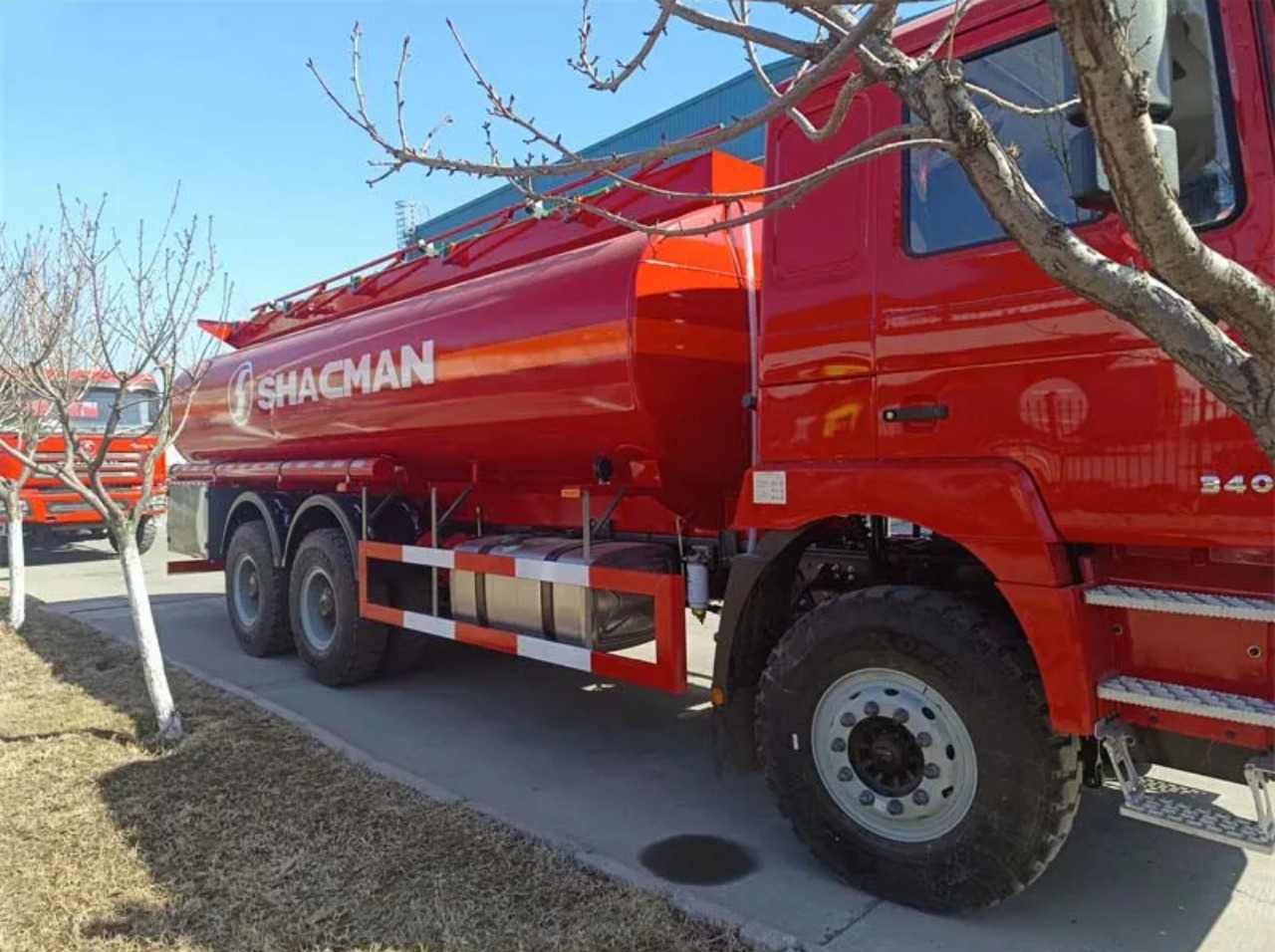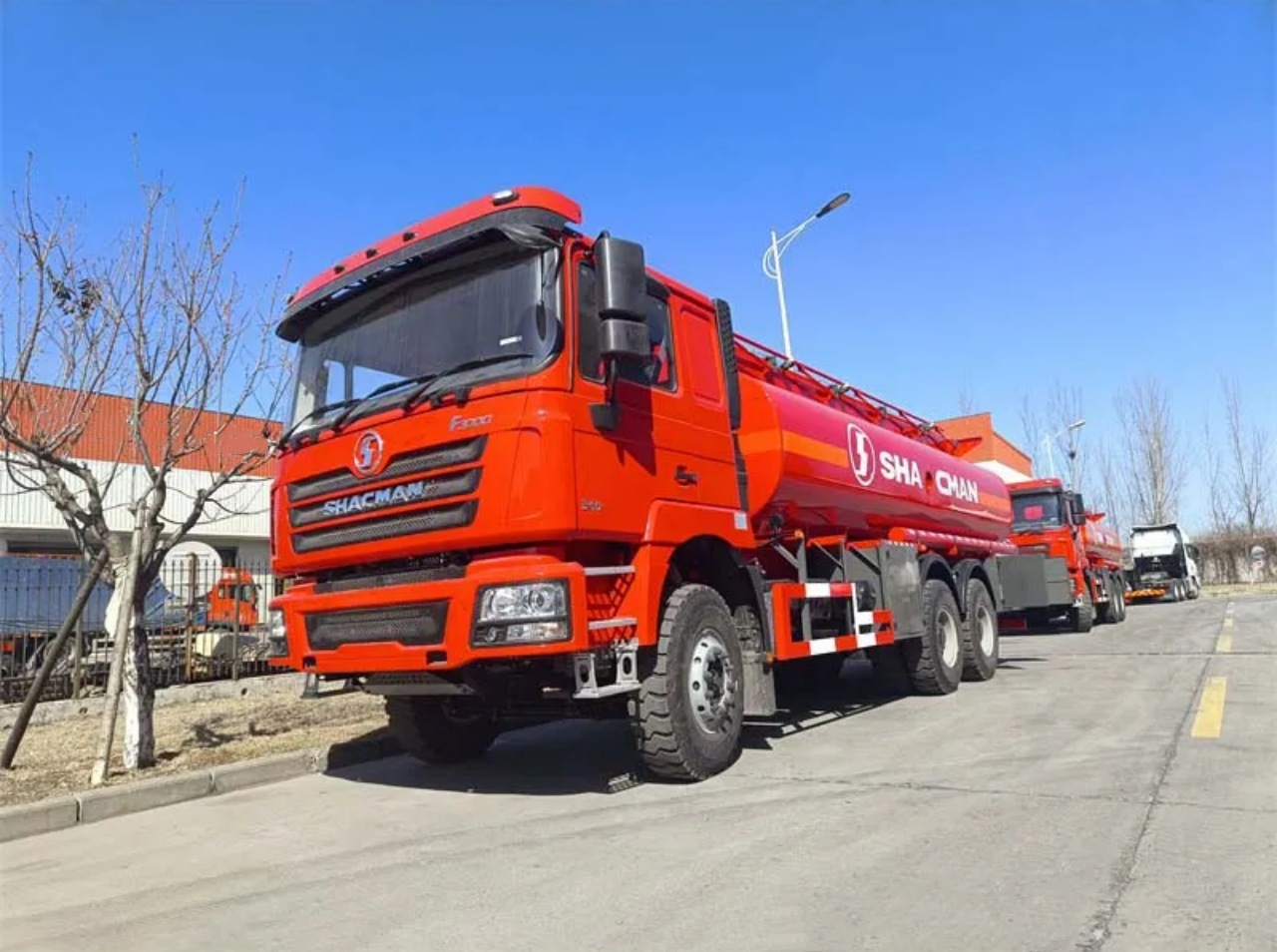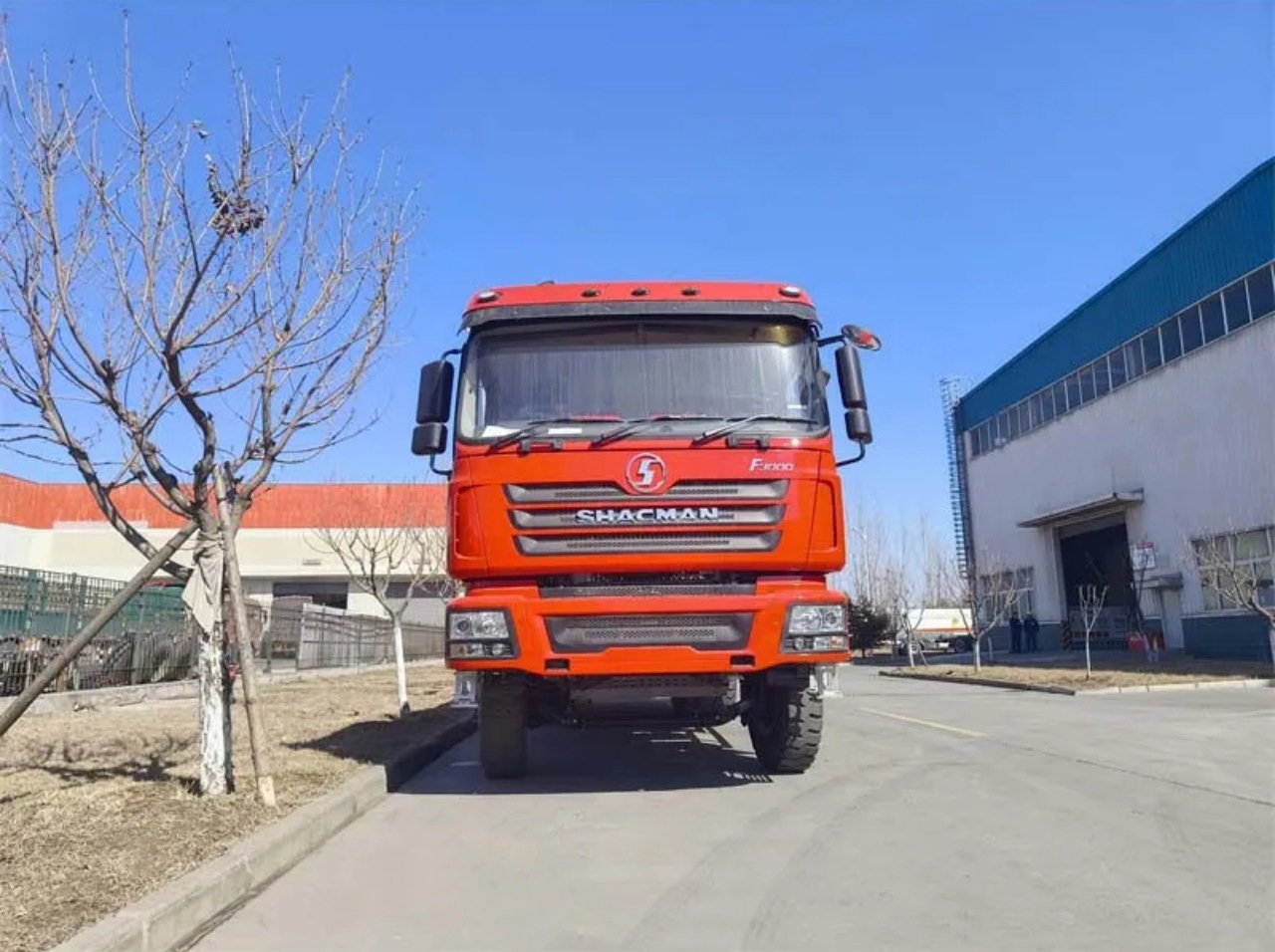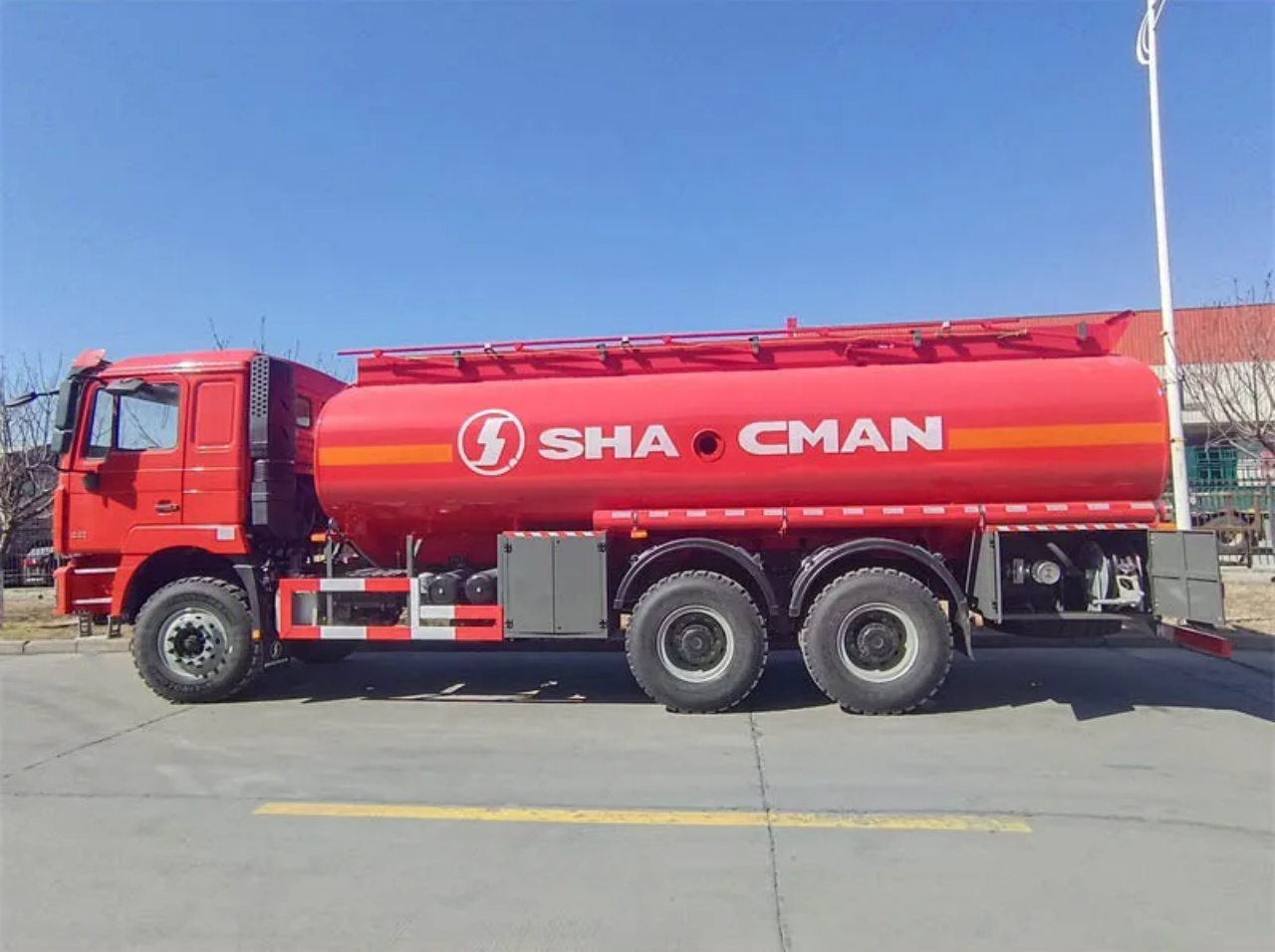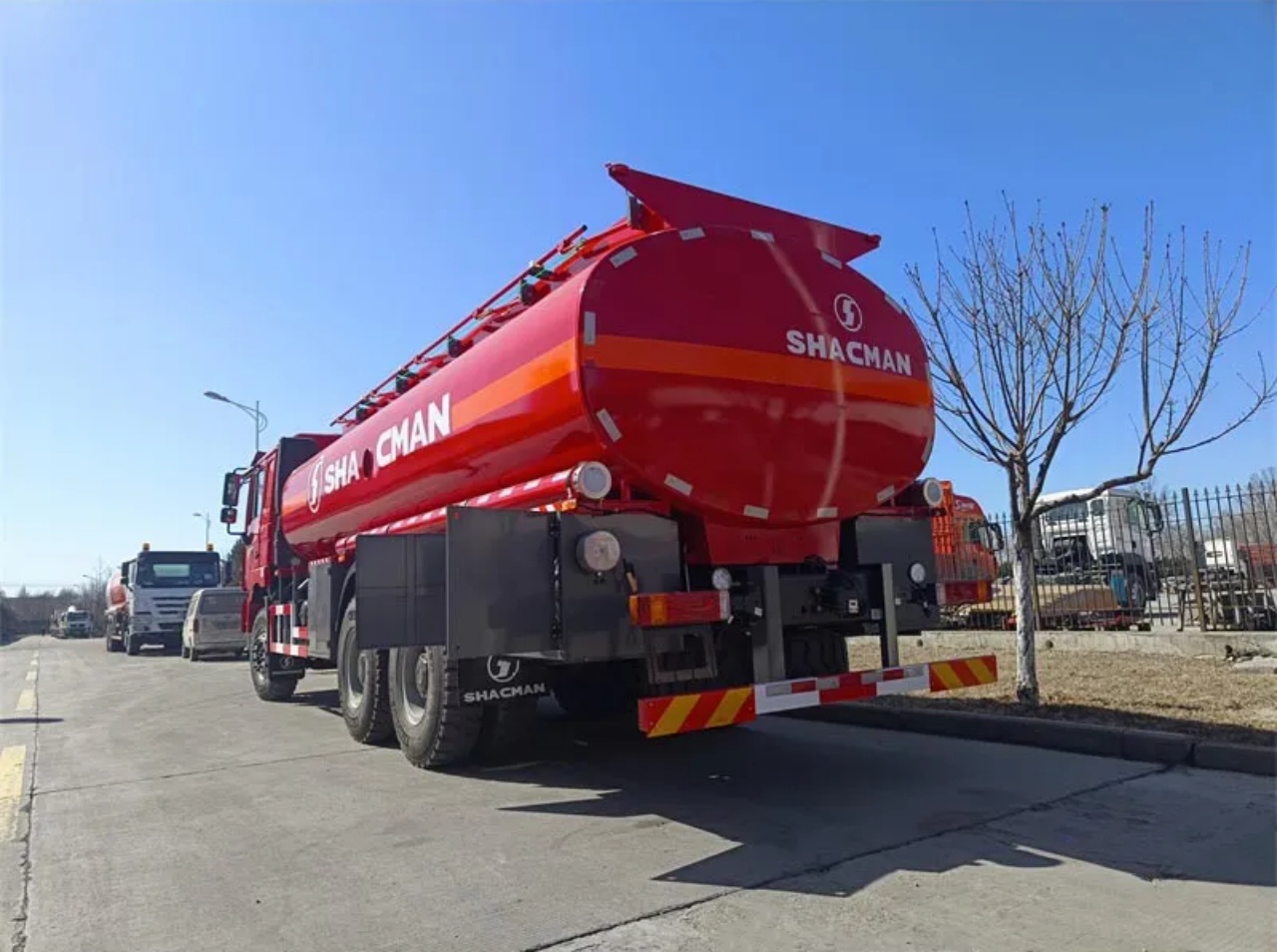Tanker trucks play a crucial role in transporting liquids, gases, and dry bulk materials across short and long distances. From delivering fuel to remote gas stations to transporting potable water or chemicals, these vehicles are indispensable to many industries. One of the most important considerations when choosing a tanker truck is its size and capacity. The size not only affects how much material can be transported but also impacts the choice of roadways, regulatory compliance, and operational efficiency. This article explores the different sizes of tanker trucks, how they’re classified, and their typical uses.
1. Understanding Tanker Truck Sizes
Tanker trucks are generally classified by capacity, which is typically measured in gallons or liters, and sometimes by gross vehicle weight rating (GVWR). The size ranges from small single-axle units to large multi-axle semi-trailers capable of hauling tens of thousands of liters. The 3 broad categories are:
- Small tanker trucks (Light-duty)
- Medium tanker trucks (Medium-duty)
- Large tanker trucks (Heavy-duty/semi-trailers)
Each class serves a distinct purpose and operates within specific logistical and regulatory frameworks.
2. Small Tanker Trucks
Capacity: 500 to 3,000 gallons (1,900 to 11,350 liters)
GVWR: Under 10,000 lbs (4,500 kg)
Small tanker trucks are usually built on light commercial vehicle chassis such as pickup trucks, vans, or small box trucks. These are ideal for urban environments where maneuverability and limited access are factors.
Common Applications:
- Residential fuel oil delivery
- Septic tank cleaning
- Small-scale water delivery
- Airport refueling (smaller aircraft)
- Spraying (pesticides or water)
Because of their size, small tankers often serve niche or local roles and are subject to fewer highway and load restrictions. Their compact design allows access to tight spaces, rural roads, and residential areas.
3. Medium Tanker Trucks
Capacity: 3,000 to 7,000 gallons (11,350 to 26,500 liters)
GVWR: 10,000 to 26,000 lbs (4,500 to 11,800 kg)
Medium-sized tankers strike a balance between capacity and accessibility. Typically built on medium-duty truck chassis, these trucks are more robust than light tankers but still versatile enough for regional operations.
Common Applications:
- Local fuel and oil deliveries
- Water distribution for construction sites
- Milk transport from dairy farms
- Chemical deliveries
- Vacuum service (industrial waste or septic)
This category is popular in the agricultural, construction, and commercial sectors. These tankers can be single-compartment or multi-compartment depending on the product types and delivery needs.
4. Large Tanker Trucks / Semi-Trailer Tankers
Capacity: 8,000 to 11,600 gallons (30,000 to 44,000 liters)
GVWR: 80,000 lbs (36,300 kg) max legal limit on U.S. highways
These are tractor-trailer combinations and represent the largest class of tanker trucks allowed on public roads without special permits. They’re built for high-volume transport over long distances.
Common Applications:
- Long-haul fuel transportation
- Crude oil delivery
- LNG and LPG transport
- Bulk milk or food-grade liquids
- Asphalt and bitumen delivery
- Chemical or corrosive material hauling
Large tankers usually consist of stainless steel or aluminum tanks and may be insulated or heated depending on the cargo. Some are pressurized, such as those used for gases or hazardous materials.
5. Specialty Tanker Truck Sizes
Beyond the standard categories, several specialized tanker trucks fall outside conventional size ranges due to their design or specific industry use.
a. Dry Bulk Tankers
- Capacity: 1,000 to 3,000 cubic feet
- Used for: Cement, flour, plastic pellets
These tankers are sized by volume rather than liquid capacity and use pneumatic systems for unloading.
b. Vacuum Tankers
- Capacity: 2,000 to 5,000 gallons
- Used for: Wastewater, industrial sludges, and septic waste
Vacuum tankers can vary widely in size and are designed based on suction capabilities rather than volume alone.
c. Cryogenic Tankers
- Capacity: 5,000 to 10,000 gallons
- Used for: Liquid oxygen, nitrogen, hydrogen
Due to the pressurized and temperature-sensitive nature of their cargo, cryogenic tanks have thick insulation and require specific regulatory compliance.
6. Factors Influencing Tanker Size Selection
Several considerations help determine the right tanker size for a job:
a. Type of Product
Liquids like milk, oil, or water have different handling requirements compared to gases or dry bulk materials. For example, food-grade products need tanks made from stainless steel and often with insulation.
b. Delivery Volume and Frequency
Larger tankers are efficient for fewer, large deliveries, while smaller tankers are better for multiple small-scale deliveries, especially in urban environments.
c. Regulatory Limits
Weight and axle load limits imposed by transportation authorities can restrict the maximum size of tanker trucks allowed on certain roads or bridges.
d. Road Access
In areas with narrow streets or weight-restricted roads, smaller tankers may be the only practical option.
e. Loading and Unloading Requirements
Pressurized or pump-assisted offloading may influence the configuration and size of the tanker.
7. Global Differences in Tanker Truck Sizes
Tanker truck sizes can vary significantly by country due to differing road rules and vehicle regulations.
- United States: Maximum GVWR on federal highways is 80,000 lbs without a permit.
- European Union: Tanker trucks are often limited to 40,000 kg (88,000 lbs), but modular designs are common.
- Australia: Road trains with multiple trailers can carry significantly more, often up to 120,000 liters.
This global variance means tanker designs are often customized for regional standards and logistics.
8. Conclusion
Tanker trucks come in a wide range of sizes, each tailored to specific types of cargo, geographic areas, and regulatory requirements. Whether it’s a small 500-gallon water sprayer or a massive 11,600-gallon petroleum hauler, the diversity of tanker truck sizes allows for efficient transport across various industries. Understanding the differences in size helps businesses make informed decisions about fleet composition, logistics planning, and operational safety.
By choosing the right tanker truck size, companies can optimize their delivery systems, minimize costs, and ensure compliance with transportation regulations, ensuring safe and efficient movement of essential liquids and materials across the globe.
